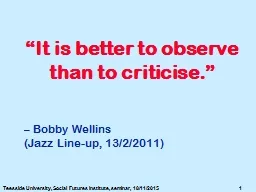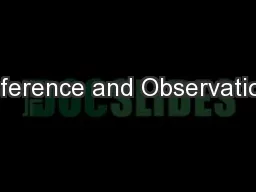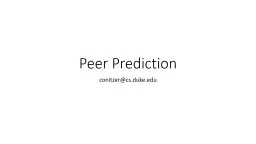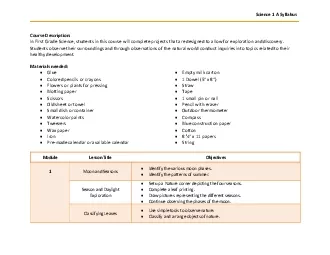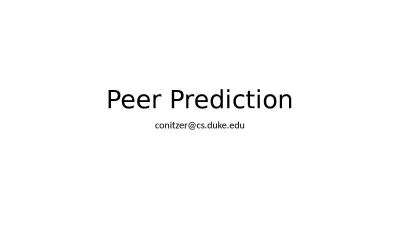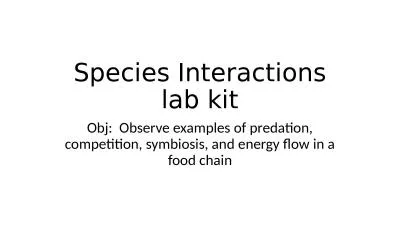PPT-“It is better to observe than to criticise.”
Author : mitsue-stanley | Published Date : 2018-02-17
Bobby Wellins Jazz Lineup 1322011 Best of all is to convey the magnitude of the effect and the degree of certainty explicitly Pinker 2014 p 45 Usually
Presentation Embed Code
Download Presentation
Download Presentation The PPT/PDF document "“It is better to observe than to criti..." is the property of its rightful owner. Permission is granted to download and print the materials on this website for personal, non-commercial use only, and to display it on your personal computer provided you do not modify the materials and that you retain all copyright notices contained in the materials. By downloading content from our website, you accept the terms of this agreement.
“It is better to observe than to criticise.”: Transcript
Download Rules Of Document
"“It is better to observe than to criticise.”"The content belongs to its owner. You may download and print it for personal use, without modification, and keep all copyright notices. By downloading, you agree to these terms.
Related Documents

